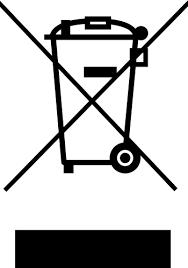From Stephen Cope at Essay Press: Carla Harryman discusses Adorno’s Noise and more in an interview recently published in [Inter]sections—the American Studies journal from the University of Bucharest, Romania:
http://www.americanstudies.ro/?article=55
Links to other reviews of Adorno’s Noise:
Rain Taxi review by Kit Robinson (posted on EMU Creative Writing Blog):
http://cw.emuenglish.org/?p=204
Jill Darling’s review in HOW/2 special feature “Reading Carla Harryman”:
http://www.asu.edu/pipercwcenter/how2journal/vol_3_no_3/harryman/darling.html














